Simon Thompson visits the picturesque East Neuk of Fife in Scotland, to celebrate the 20th anniversary of a festival that attracts some of the best chamber musicians in Europe
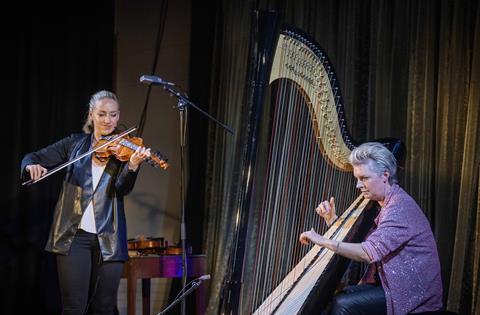
Discover more Featured Stories like this in The Strad Playing Hub.
Read more premium content for subscribers here
Try hard enough, and you can just about spot the East Neuk of Fife from the centre of Edinburgh. Looking out from the ramparts of Edinburgh Castle, you see the wide expanse of the Firth of Forth curving out towards the North Sea, and there, just around the corner, are the golden beaches and peaceful coves of the East Neuk – that gorgeous corner of Scotland beloved of holidaymakers and, even in Scotland, sunseekers.
Yet it’s such a mission to get there! Forget about the train: there isn’t one. You need to drive, or go on a tortuous bus journey, both of which involve a couple of hours getting over the Queensferry Crossing and through the big post-industrial towns of Fife. But once you arrive, you find the idyllic coastal villages of the East Neuk with their chewy, trisyllabic names like Anstruther, Cellardyke or Pittenweem.
Yet that very journey is part of the appeal. It’s a destination, the objective of a quest, a place that you’d go through trials to reach. The rewards are those ancient villages, those beautiful beaches, the sense of peace that comes from being out on the edge of an island, and the best fish and chips in Scotland (so they say).
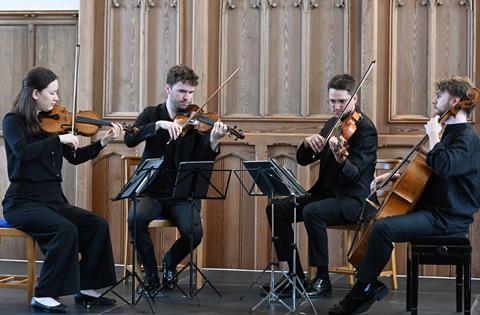
That appeal broadens immeasurably during the last week of June when, implausibly, those tiny, out-of-the way villages host some of the best musicians in Europe for the East Neuk Festival. I don’t know how he does it, but every year the festival’s director, Svend McEwan-Brown, somehow manages to entice to Crail and Kilrenny musicians whose names could pack out halls in Vienna or Munich.
Leading musicians would sound good anywhere, of course, but there’s something particularly magical about hearing them amid the secluded churches and quiet halls of the East Neuk. In fact, those venues constitute much of the appeal. Take the tiny hamlet of Kilrenny, for example, part of whose parish church is around 600 years old (and whose community lays on a cracking evening tea for anyone who comes to a festival concert there). You have to pinch yourself to check that this really is the Pavel Haas Quartet, one of Europe’s leading ensembles, playing on the church’s impromptu stage; yet there they are – and, in fact, they come repeatedly. This year marks the festival’s 20th anniversary, and the Pavel Haas has been one of its most frequent visitors over recent years: they’re already booked in as part of a Beethoven cycle for 2025.
Kilrenny Church’s oaky embrace gives a string quartet a gorgeous sense of warmth and bloom, as if delicately carrying the sound to the ear
These musicians sound terrific in Kilrenny; all string music does, in fact. That’s partly due to the church’s size and shape – a squat oblong, like a miniature shoebox-shaped hall – but it’s also because there’s so much wood cladding on its pews and walls. The church’s oaky embrace gives a string quartet a gorgeous sense of warmth and bloom, as if delicately carrying the sound to the ear. It makes me think of what it must be like to sit inside a violin while it’s being played, the whole building reverberating along with the instruments, creating an ideal acoustic (even if the pews are a little firm; branded festival cushions are available!).
The Pavel Haas played Czech music in its Kilrenny concert this year, including a scorching performance of Smetana’s Quartet no.1 that seemed to surge with energy and burn with intensity. Kilrenny also hosted Swedish–Norwegian quartet Opus13, making its UK debut at the East Neuk Festival in music that encompassed a muscular performance of Beethoven’s op.130, with a Grosse Fuge ending that the young players never allowed to intimidate them, and a shimmering, quivering Entr’acte by Caroline Shaw that seemed to shudder in mid-air en route to the ear. Opus13 was the big discovery of this year, evidence of the festival’s long-running championing of newcomers alongside the big names.
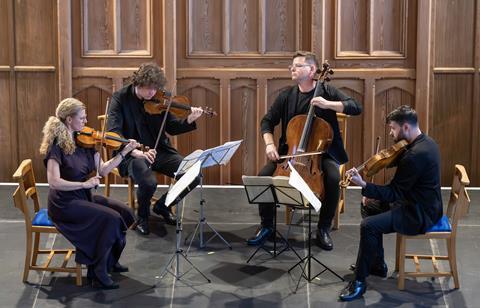
But it’s in nurturing partnerships that the East Neuk Festival really comes into its own. Up the road from Kilrenny, in the church of Crail (whose oldest part dates back to medieval times), the Pavel Haas Quartet teamed up with star pianist Boris Giltburg to play two of Brahms’s piano quartets, with Tchaikovsky’s Third String Quartet acting as a spicy Slavic side dish to the hearty, central European muscularity of the Brahms. Also at Crail, the Doric Quartet teamed up with Germany-based Japanese pianist Hisako Kawamura in a terrifically agile performance of Schumann’s Piano Quintet, one that released the energy slowly rather than all at once, and which trod with perfect sensitivity Schumann’s delicate line between joy and sorrow.
Elsewhere in the festival’s five-day span (26–30 June) there was Flamenco–Ottoman fusion from La Luna de Seda – a quartet comprising Kiko Ruiz (flamenco guitar), Derya Türkan (kemençe), Serkan Halili (qanun) and Renaud Garcia-Fons (double bass); harp and fiddle duo Catrin Finch and Aoife Ní Bhriain; and even silent movies with live accompaniment, played dazzlingly by pianist Neil Brand. And if you needed a break, you could treat yourself to a bracing swim in Pittenweem’s tidal pool, or some relaxation at Elie Seaside Sauna.
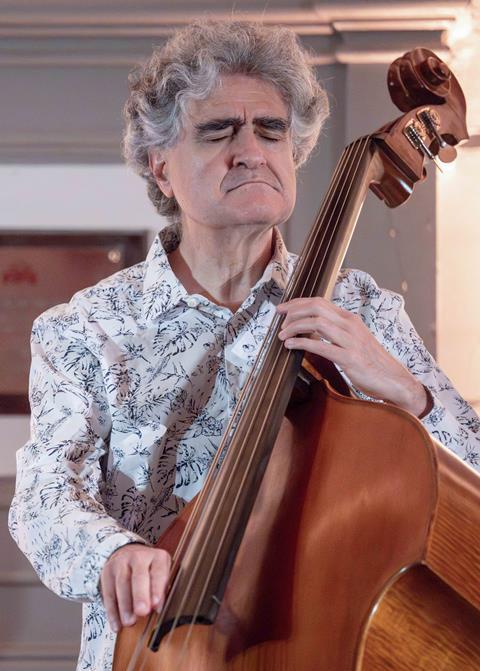
Then there’s the food. Anstruther Fish Bar has repeatedly won awards for doing the best fish and chips in Scotland, but the ones served in Crail are every bit as tasty, and the fish bar there carries a higher chance of meeting world-class musicians in it. In fact, I found myself standing next to both Opus13 and the Pavel Haas Quartet there on separate evenings while waiting for my battered haddock. While chatting with Peter Jarůšek, the Pavel Haas’s cellist, I asked him why the group comes to places like Crail when it could play in the prestigious halls of Paris or Berlin. ‘Well, we have a long partnership with Svend,’ he replied, ‘and we love coming here. It’s a beautiful place with nice people, and they really love music. And sometimes that’s better than Berlin.’
Too right. The East Neuk of Fife might be a trial to get to, but if you make the effort, you’ll find a jewel of a festival in a jewel of a place.
Read: Postcard from Norway: Bergen International Festival
Read: Postcard from Hong Kong: Musicus Fest
Discover more Featured Stories like this in The Strad Playing Hub.
Read more premium content for subscribers here
The number one source for playing and teaching books, guides, CDs, calendars and back issues of the magazine.
In The Best of Technique you’ll discover the top playing tips of the world’s leading string players and teachers. It’s packed full of exercises for students, plus examples from the standard repertoire to show you how to integrate the technique into your playing.
The Strad’s Masterclass series brings together the finest string players with some of the greatest string works ever written. Always one of our most popular sections, Masterclass has been an invaluable aid to aspiring soloists, chamber musicians and string teachers since the 1990s.
The Canada Council of the Arts’ Musical Instrument Bank is 40 years old in 2025. This year’s calendar celebrates some its treasures, including four instruments by Antonio Stradivari and priceless works by Montagnana, Gagliano, Pressenda and David Tecchler.























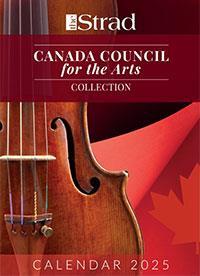







![[1st prize] Poiesis Quartet in round 3 (2)](https://dnan0fzjxntrj.cloudfront.net/Pictures/100x67/1/9/5/41195_1stprizepoiesisquartetinround32_547631.jpg)











No comments yet